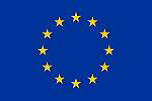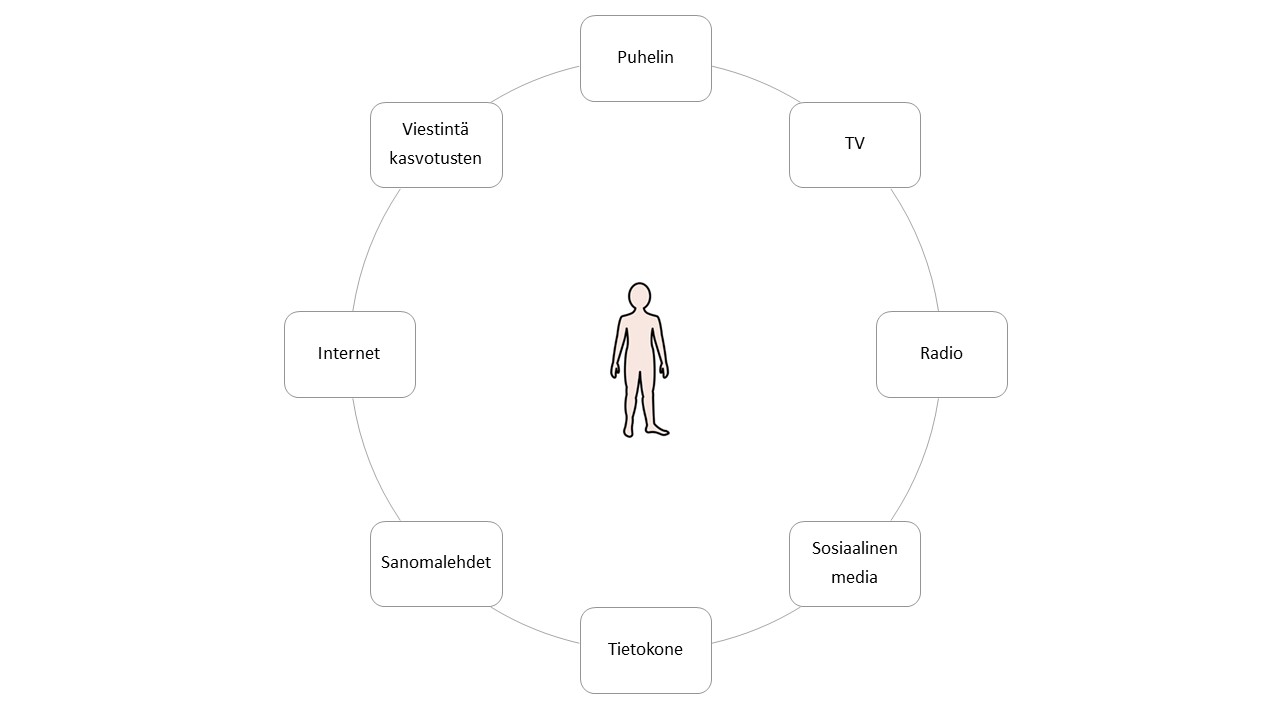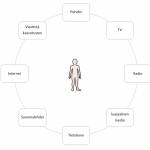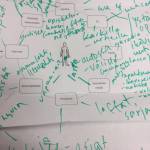In our experience researchers are often used to conducting interviews by themselves and reflecting on it alone and writing about it in one’s notebook. During the EduMAP project we were offered an opportunity to conduct CEM (communicative ecologies mapping) interviews together.
This had us thinking, what does an interview held by two researchers look like? How does it differ from a solo performance? What needs to be taken into account when conducting an interview with a fellow-researcher?
In this blog post, we reflect on our experiences.
We examined the communicative ecologies of eight Finnish students with special support needs in vocational training through two group interviews. Both groups had four respondents and the interviews took 60 min. each.
Our collaboration process is divided into four phases (very loosely inspired by Kolb’s 1984 experiential learning cycle):
- Preparation
- Execution
- Reflection
- Fine-tuning
In the preparation phase, we planned the structure of the interview, divided the tasks (who asks interview questions, who keeps track of time etc.) and discussed how we should guide the interview to the right direction in the given timeframe. Since CEM was a new approach to both of us, we put a lot of emphasis on ensuring that we had a coherent understanding of the method and what we hoped to achieve.
Our plan was to initiate the conversation on communication practices and facilitate the group’s interactions – which we found out was in fact very much needed! Discussing how we could create a pleasant atmosphere for the respondents to participate in the conversation with us and with each other was of essence.
Execution phase. It was the first time for us to conduct an interview with one another as well as the first time to utilise the CEM method, not to mention in a group interview setting.
It is obvious that a dialogical approach requires good communication between the researchers and “an eye” to see when to take turns in the conversation and when it is good to give room to the other. Researchers need to be on the same page about the aim of the interview in order to be able to jump into the conversation, ask additional questions and help each other out when needed.
Naturally we learned by doing. During the first interview one of us focused more on asking questions and keeping the conversation going while the other concentrated on illustrating the conversation themes by drawing the CEM map on the flip board.
Based on this experience and our reflections on it, our interaction was smoother and the situation was more relaxed on the second round. We felt familiar with the method and were thus able to utilise each other’s strengths more.
Reflection phase. After the interviews, we checked on each other’s perceptions on initial findings and reflected on the interview face-to-face. The CEM map drawn during the interview proved to be useful as a tool for communicating thoughts. The reflection phase continued in emails and in writing our thoughts in joint field notes.
Questions like “where do we need to focus more the next time” and “how could we improve our communication during the interview” were asked. This phase gave us lots of insight how to fine-tune the interview questions and the course of the interview itself. Additionally, it led us to the early findings in the data.
Fine-tuning phase. We fine-tuned our method for the next interview based on our perceptions during previous phases.
Conclusion
No doubt, the collaboration with another researcher and the reciprocity of the communication opens up new paths to explore which you would hardly enter by yourself. We found particularly interesting how we perceived different (or same!) things during interviews and how it might have shaped the data we collected and eventually the results of our research.
We noticed that both of us felt somewhat uncertain during the planning phase. We had continuous conversations about our roles throughout the process: What are the tacit role expectations between us? Where do the hierarchies lie? What is considered as stepping on one’s toes? Should the tasks and responsibilities be divided based on the position of the researcher or individual strengths? Do our practices encourage negotiating for common understanding?
Paying special attention to reflection and sharing ideas and expertise during a co-interviewing process can lead not only to a better interview but also to a fuller understanding of the data and to a successful collaboration between two researchers.
Marja Koskela and Kaisa Niiranen, Faculty of Education, University of Tampere





Comments